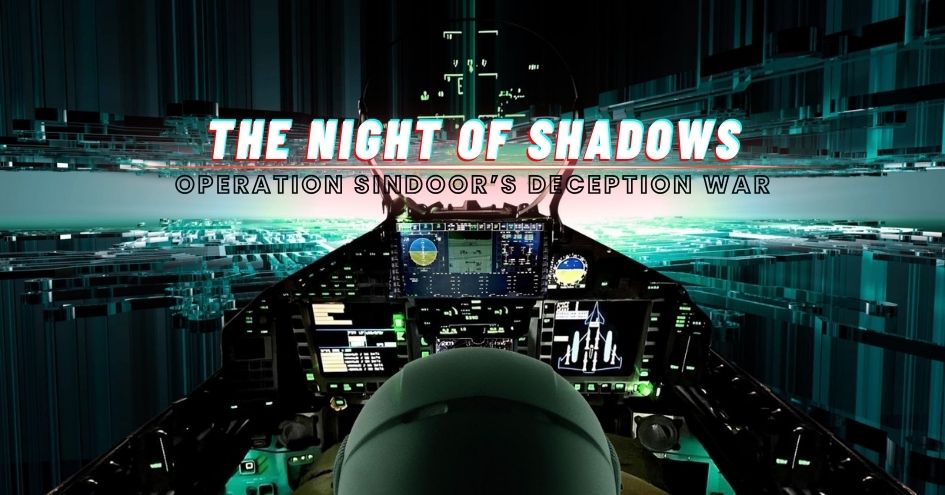
The clock ticked past the midnight hours on a moonless May night in 2025.
Over the dark skies of the subcontinent, silence reigned—except inside the humming cockpits of the Indian Air Force’s most lethal warriors: the Rafale fleet, armed with SPECTRA’s invisible shield.
Far across the border, Pakistan’s air defence network was awake, jittery, and expectant. Chinese-supplied HQ-9 missile batteries and J-10C patrols scanned the skies, their radars searching for signs of the inevitable Indian retaliation. They thought they were ready. They had no idea what was coming.
Phase One – The Phantom Hunters Take Flight
From deep bases in Gujarat and Rajasthan sectors the Banshee Jet 80+ drones leapt into the night sky. Small, fast, and seemingly insignificant, they were in reality ghosts dressed as giants. Each Banshee carried an electronic payload designed to mimic the radar cross-section and communication chatter of Su-30MKIs and MiG-29UPGs. They flew in carefully choreographed formations, weaving and diving like manned fighters. On Pakistani radar screens, a nightmare materialised—a massive wave of incoming Indian aircraft, far larger than what even the boldest planners thought possible. Within minutes, Pakistani long-range radars near Bahawalpur and Multan lit up with a phantom armada. PAF command at Sargodha scrambled J-10Cs. Operators reported: “Thirty plus bogeys inbound at high speed!”
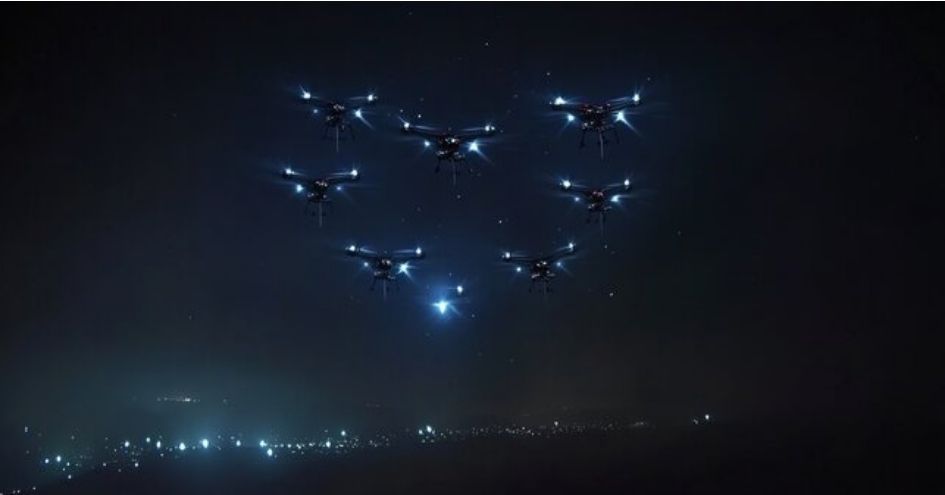
In reality? Just 14 Banshee decoys.
The Banshee swarm turned north, diving into PoK airspace.
Their programmed flight profiles mimic aggressive fighter manoeuvres—dives, climbs, evasive turns.
PAF radars near Muzaffarabad lit up and started tracking them. Command centres lit up with urgency. Orders screamed across frequencies:
“Lock targets! Fire! Engage!”
HQ-16 launchers fired a salvo—seven missiles for seven drones.
Every single missile hit… nothing of value. Pakistani J-10Cs intercept and finally down two Banshee drones.
Celebrations erupted:
“Confirmed Su-30 kill!”
Within minutes, wreckage photos revealed small aluminium drones—not fighters. Morale of Pakistan plummeted. Meanwhile Indian ELINT aircraft orbiting over Punjab captured the exact locations of firing SAM batteries. Within minutes, coordinates were uploaded to strike packages. IAF long-range missiles (SCALP & BrahMos variants) locked onto the revealed sites. Countdown began.
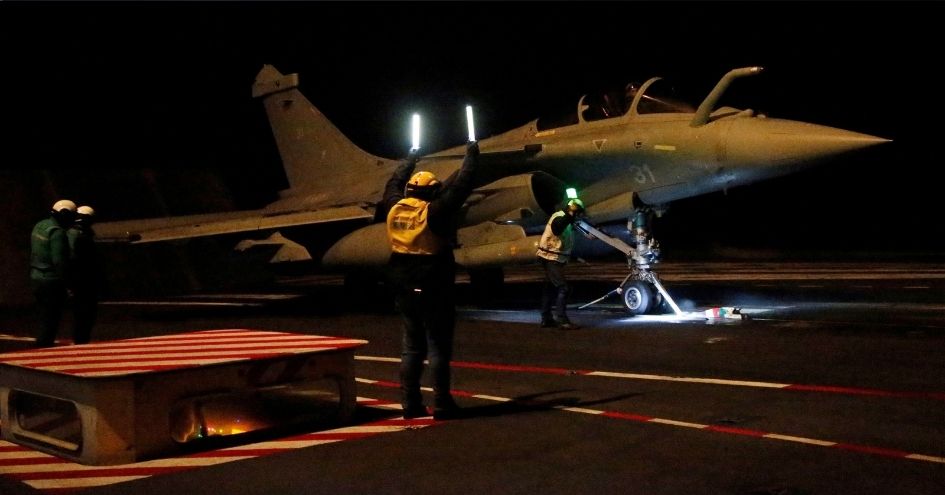
Phase Two – Rafale’s Invisible Cloak
Meanwhile, the real strike force—Rafales armed with precision missiles—skimmed low, masked by the electronic blizzard. Inside one Rafale cockpit, the pilot’s calm voice cut through:
"SPECTRA active. X-Guard deploying."
A small pod deployed behind his aircraft—the towed X-Guard decoy. In an instant, Pakistani radars saw not one Rafale but two… then three… then four. Each decoy radiated like a full-sized jet, confusing the enemy into believing they were scoring kills. PAF HQ-9 battery south of Lahore launches two missiles at “Rafale formations.” Both chase X-Guard signatures—phantoms in the sky. Screens lit up with fake kill confirmations. HQ-9 operators launched volley after volley of missiles, each one chasing a phantom. Screens lit up with fake kill confirmations—“Rafale down! Rafale down!”—but the real jets flew on, untouched, their path clear. In truth, the real Rafales hadn’t even broken cover yet. Rafales broke cover. Six SCALP cruise missiles streak away, hugging valleys in PoK.
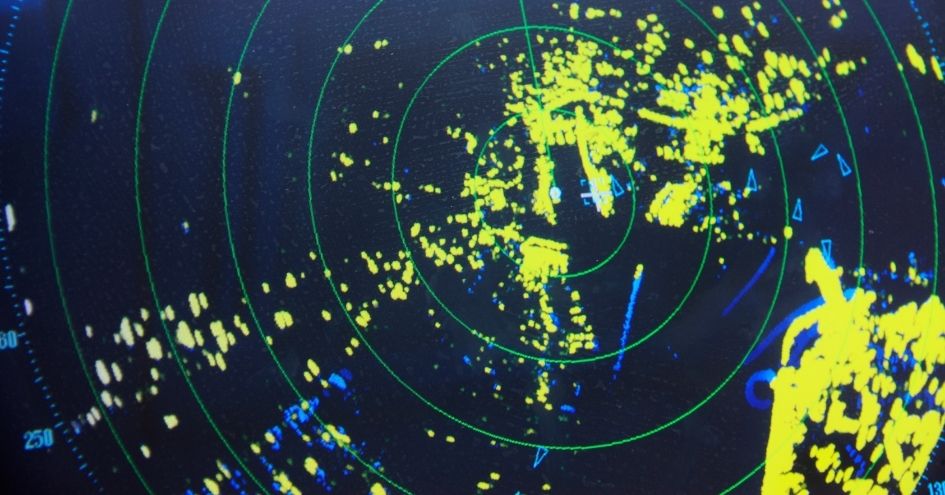
Phase Three – The Air Defence Trap
The Banshees pushed deeper, inviting fire. SAM sites lit up the desert night with missile trails, their positions exposed in the process. From hundreds of kilometres away, Indian satellites and electronic intelligence aircraft recorded everything—the exact coordinates of Pakistan’s radars, missile batteries, and communication hubs. Within minutes, pre-programmed cruise missiles locked onto these signatures. One by one, the launchers that had wasted their missiles on ghosts became fireballs, consumed by Indian strikes.
Phase Four – The Kill Strike
With the skies choked in chaos, the real Rafales now streaked toward their targets—terror camps, launch pads, command bunkers in PoK and Pakistan’s Punjab. The first volley of SCALP cruise missiles roared out, hugging the terrain before diving onto targets. Precision explosions lit up Muzaffarabad, Chakothi, and forward launch pads. By the time Pakistan’s radar operators realised they had been tricked, it was too late. Their screens were a mess of false echoes and dead systems. The Ghost Fleet had done its job.
Phase Five – The Aftermath
As the Indian jets streaked home, not a single Rafale was lost. Not a single pilot was even scratched.
But manoeuvres border, confusion reigned. Pakistani state TV rushed to declare victory—“We shot down multiple Rafales!”—flashing animated graphics. Yet, hours later, international satellites showed every Rafale safe on its tarmac. And Pakistani missile batteries, once formidable, now stood as smoking craters. The world watched in stunned silence as the truth emerged: India had waged not just a strike, but a war of shadows and deception. The combination of Rafale’s SPECTRA-X Guard trickery and the Banshee Jet 80+ Ghost Fleet had created an illusion so perfect, so overwhelming, that Pakistan’s defences collapsed before the first real bomb even fell.
The Legend of Sindoor’s Ghosts
Operation Sindoor was remembered not just as an air strike, but as a masterclass in 21st-century electronic warfare. A moment when India proved that wars are no longer won by numbers, but by brains, precision, and deception. And in the dark skies of May 2025, the Indian Air Force wrote a new chapter—where ghosts flew, phantoms fought, and victory came without loss. Operation Sindoor’s deception war wasn’t just about bombs and missiles. By dawn, India had proven that brains can blind steel, and deception can destroy empires of arrogance.
 Wing Commander BS Sudarshan is a former Indian Air Force pilot with over 12,000 flying hours. He participated in Operation Pawan and Operation Cactus before he transitioned to civil aviation. A passionate writer, he has authored six books, including "Hasiru Hampe", appreciated by S L Bhyrappa, and the latest "Evergreen Hampi". He is a regular contributor to the Verandah Club.
Wing Commander BS Sudarshan is a former Indian Air Force pilot with over 12,000 flying hours. He participated in Operation Pawan and Operation Cactus before he transitioned to civil aviation. A passionate writer, he has authored six books, including "Hasiru Hampe", appreciated by S L Bhyrappa, and the latest "Evergreen Hampi". He is a regular contributor to the Verandah Club.

At the southernmost tip of this mesmerising ensemble lies the majestic Great Nicobar Island, boasting an impressive landmass of about 910 square kilom...
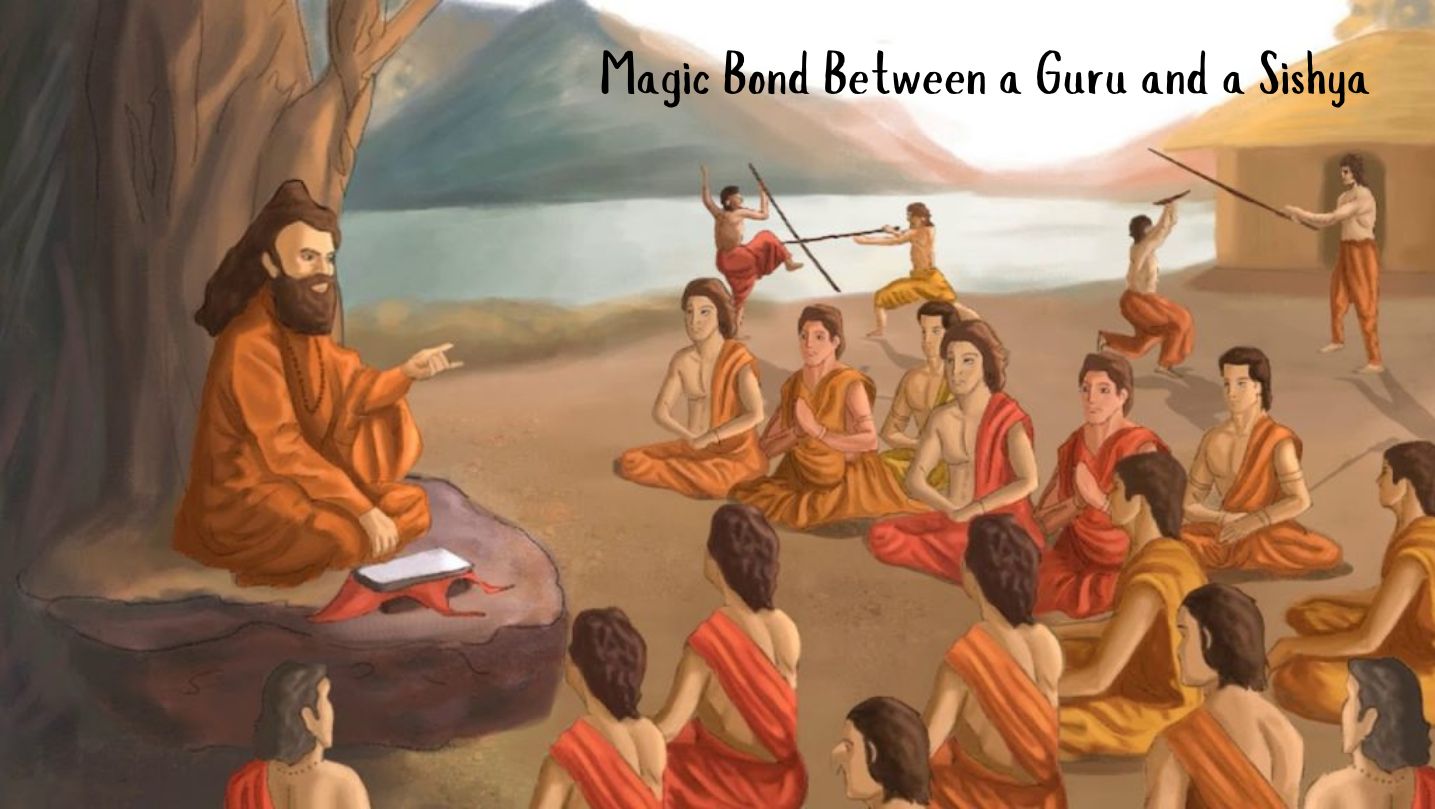
Bharath has always been a land traversed by spiritual masters/ Guru since time immemorial. These spiritual masters have always upheld the core princip...

South India contains its fair share of unique pilgrimage centres. These divine places of worship have a prominent Sthala Purana, devoted followers, di...